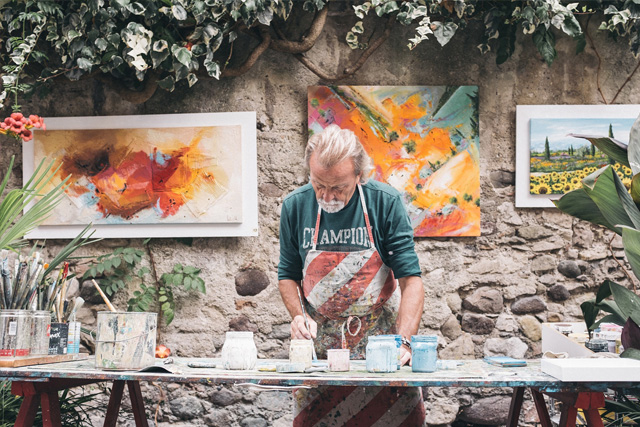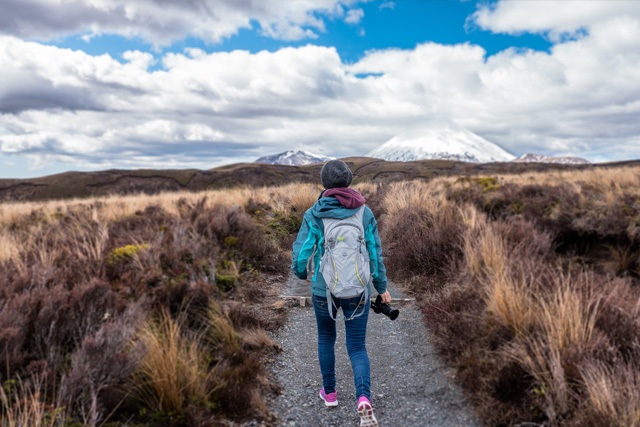Turn Down the Volume: How To Be a Calmer Person
November 01, 2018

Sometimes the world can seem overwhelming. Too many things to do and people to see, but just not enough time. Unending demands from family, friends and work. Not to mention the daily deluge of social media and breaking news.
Can a person stay even-keeled and calm in today’s rush-rush world? The answer is, yes.
Resilience is a word we often hear these days to describe the ability to maintain peace of mind and bounce back from stress. Another way to look at that is having the emotional strength to cope with the things life throws at us every day.
Three basic factors can be addressed for building emotional strength: learning how to process feelings, developing ways to deal with stress, and reinforcing our self-esteem. Here are some tips on how to become a calmer person:
Express Yourself

Journaling can be a great way to get your feelings and emotions out and onto paper. Interestingly, journaling seems to be most effective when done by hand.
Creative activities and hobbies are also excellent stress relievers by building a sense of purpose and self-esteem. Group activities can also encourage camaraderie and sharing.
Center Your Thoughts

Mindfulness has become a mainstream approach to focusing one’s attention and disengaging from distractions. It involves being aware of thoughts and feelings, but without a need for control.
Breathing is a centuries-old technique for centeredness and meditation. Slower, conscious breathing can have a strong calming effect. Often a single deep breath can help.
Nature can quickly work its magic on relieving the pressures of daily routines. Even just 30 minutes for a short hike in the woods can lower blood pressure and pulse rate.
Don’t Forget the Basics

Sleep is one of the most fundamental factors in wellness. We all know the effects poor sleep can have on focus, fatigue, edginess and stress. Get the sleep you need whenever possible.
Exercise is also a proven way to reduce stress. In addition to producing dopamine (a “happiness” neurotransmitter), it can lead to the creation of new neurons in the area of the brain linked to anxiety.
Other techniques include walking rather than driving when possible, eating healthy foods, setting up routines, leaving time to arrive early, practicing meditation or yoga, detaching from your cell phone, taking breaks, setting personal boundaries, volunteering and serving others, balancing ambition and personal satisfaction, and connecting with other people.
So, the next time you feel the world closing in or you feel just plain out of sorts, remember that there’s a multitude of ways you can maintain a steady course. Find the mix that fits your goals, personality and lifestyle. Not only will you feel calmer and happier in the moment, you’ll be contributing to your long-term health and well-being.








